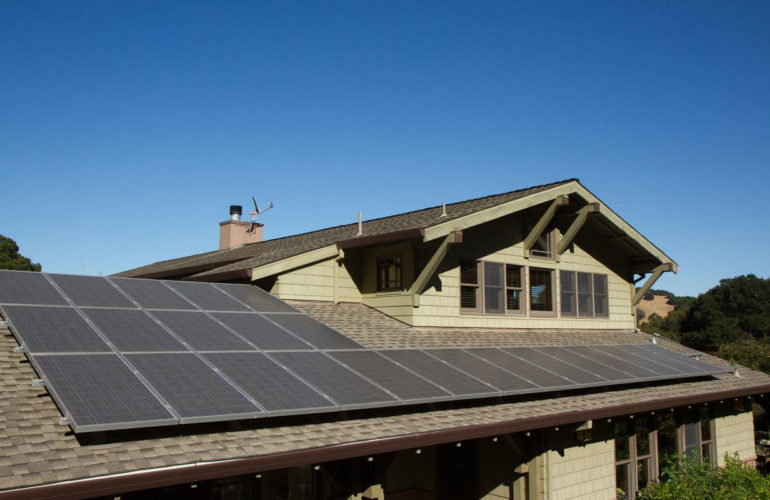When you think of efficiency while using solar lighting products or technology, you should not just consider how well-lit and illumination they offer but also how much these technologies cost you and the ROI. The advanced technological use has transformed the traditional street lighting system. Now you can install multifunctional solar street lighting with LED fixtures to save more and get better illumination.
LED lights are great lighting components which don't break easily, don't reach high temperatures or consume high electricity units. Hence, you can get more returns on your investment and use them for a long time with proper maintenance. There can be various reasons why solar LED lights might not be working. Let's learn how to troubleshoot them.
- Replacing battery
Your solar LED lightning might not be working due to dead or damaged batteries. Although high-quality solar batteries have a long lifespan, they would not work efficiently if not properly maintained or when they reach the end of their lifespan. You will need to replace them when their warranty period has expired and the batteries are heavily damaged. In case the new solar LED lighting is not working properly even after you have charged them, the battery tab might still be in place. Look for the pull tap/strip below the battery compartment and remove it to work properly.
- Replacing the LED component
LED parts in your solar lighting can have a lifespan of 50,000 hours. After they reached the lifespan, the light components would endure lumen depreciation and gradually get dim. When the LED component reaches that stage, you need to replace them. You can check for any issue with the charge controller; if the warranty period is still allowed, get them replaced.
- Cleaning the dirty solar panel
Solar LED Lights don't acquire any movable components, which is why they require the least maintenance. They also don't involve much wiring and are not connected to any power grid. Hence, you would not face many connection issues. Due to the long lifespan of every component used in solar lights, they require less maintenance and care after installation.
In order to resist adverse weather, solar lights are made to be self-sufficient and waterproof to legal standards. A good rain will typically be enough to take care of the cleaning. However, any debris can be removed from the panels or other components with the aid of a damp washcloth or paper towel.
- Faulty sensor
There may be instances where the wires and conduit are harmed by wildlife, vandalism, or bad weather. You can periodically check your Solar LED Lights to see if any cables or other components require replacement or repair. It's crucial to clean your solar lights on a chilly day because the heat of the sun can make the panels hot on sunny days.
Additionally, ensure the sensors are working properly, or the lights can't differentiate between day and night, and you would have to turn them on and off manually. Only when there is no light the solar LED lights with sensors should turn on. Thus, you have to create a false sense of night in order to test your sensor's functionality.
You can do this by covering the sensor with your palm or thick fabric. If the light does not turn on, your sensor or possibly some of the wire is damaged. You can replace or fix the sensor or wiring by hiring a technician. If your manufacturer covers the cost for such events in their warranties, you can get them replaced without much fuss and additional cost.
- Water intrusion
Most solar LED lighting products are designed with ingress protection integration that shields the structure from adverse weather associative issues and water damage; LED lighting can still have water intrusion. When water ingress occurs, the water residue can build up in the lighting and Solar Panels, damaging the internal wiring and electric circuit.
During such water damage events, you can switch off the lights, open solar lights or panels and gently dry off all the components inside, but pay more attention to the sensors. Next, re-assemble them properly before placing them in a dry and warm spot to prevent water damage. Manually test the lights to see how they are working.
Solar LED lights operate from nightfall to dawn and don't need any maintenance as they function without any manual help, whether you have them for decorative purposes or security purposes to receive proper illumination on your property. However, it is preferable to keep the solar panels clean for greater solar street light effectiveness.
Motion sensors and dimming features on Solar Street Lights contribute to lower energy use and longer product lifespan. Hence, proper maintenance is required frequently.


